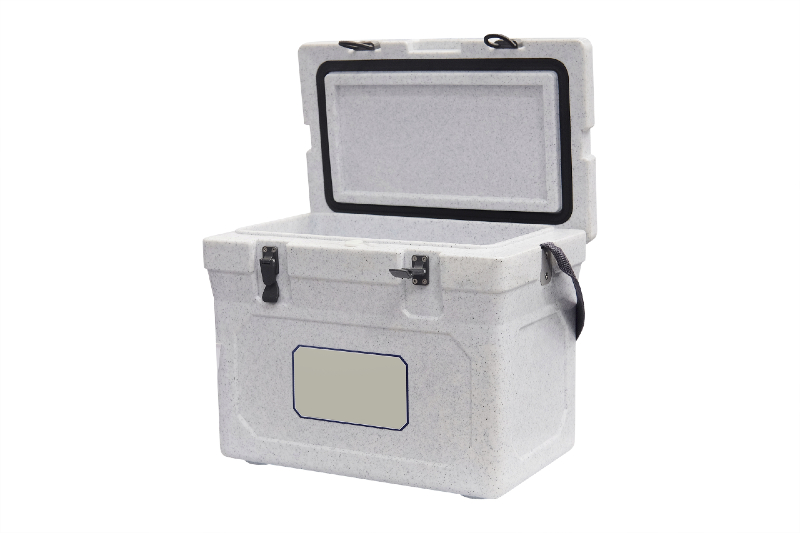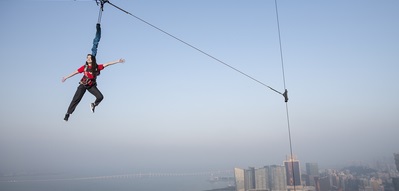One of the most common injuries treated by physical therapy in Cheyenne, WY is shin splints, also known as tibial stress syndrome. Symptoms of shin splints include an ache in the tibia area, either only while you are exercising or all the time. Pain can be either directly on either side of the tibia or in the muscles in your calf. The pain can also irritate the nerves in your feet, causing them to feel weak and painful. Shin splints can severely hamper your athletic performance and cause significant pain in your daily life.
Shin splints are usually caused by improper or insufficient stretching before exercise, which is why they can affect both seasoned athletes who have suddenly amped up their routine and more sedentary people who may have suddenly broken into a run to chase after their dog or catch their bus. They can also be caused by over-training or wearing loose fitting running shoes. Luckily, physical therapy in Cheyenne, WY can help cure shin splints and prevent them in the future with a variety of treatment options.
One type of physical therapy aimed at treating shin splints is ultrasound and electrical stimulation, which can significantly reduce pain and swelling. A physical therapist may also analyze your posture and the arches of your feet. He may instruct you in better ways to hold your body and recommend arch supports or shock-absorbing shoes. Sometimes a therapist will prescribe a boot or cast to wear as your muscles heal. Most often, a physical therapist will prescribe exercises and stretches aimed at strengthening the muscles in the calf and on either side of the tibia.
There are several common stretches and exercises employed in physical therapy in Cheyenne, WY. One of them is toe taps, which can be done sitting or standing. This exercises the tibial anterior muscle, the muscle which goes down the front of the shin. Another is the one leg heel raise. This exercise involves standing with the injured leg bent. Then as you rise up on your toes, you lower the heel of the injured leg until it is touching the ground. A third exercise is the calf stretch, in which you stand facing a wall. Then you step towards the wall with the uninjured leg and lean forward until the muscles are stretched in the other leg. Chair squats and soleus stretches are other helpful exercises to strengthen calf muscles and reduce the effects of shin splints.
While severe cases of shin splints may need to be treated with surgery, most cases can be treated with physical therapy in Cheyenne, WY. If you suffer from the effects of shin splints, talk to a physical therapist to cure your pain and get back in the game, playing better than ever before.

